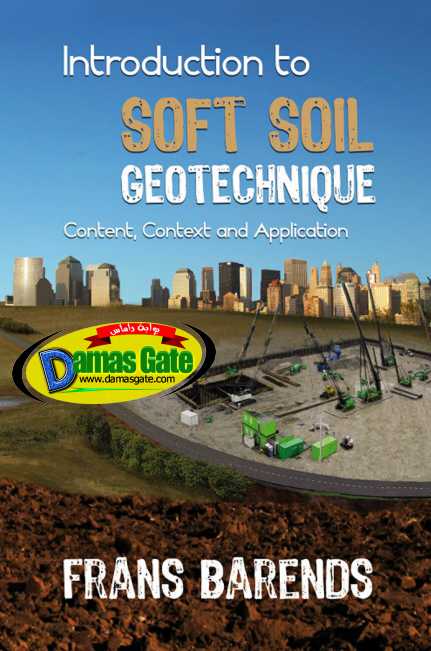Introduction to Soft Soil Geotechnique; Content, Context and Application

INTRODUCTION
Geotechnique comprises any aspect of geotechnical and environmental engineering in the areas of soil and rock mechanics, including material behaviour, analysis and interpretation, design, construction and monitoring. In this book, the focus is on the behaviour of soft soils, notably sand, silt, clay and peat.
The book reviews basic aspects of soil mechanics such as laboratory and fieldtesting,
stresses and strains,
deformation
and strength, and groundwater effects,
including environmental aspects. It touches
upon a wide range of applications of soil mechanics
in construction: prediction of settlements, bearing capacity of
shallow and deep foundations, piles and footings, stability
of earth retaining structures, analysis of slope stability,
principles of soft-ground tunnelling, ground
improvement techniques, and coastal and reservoir engineering. Fundamental
aspects of physical and numerical models and their application,
codes of practice and guidelines, principles of risk management
for handling uncertainty and
reliability, and a structural involvement of experience are discussed. At the end of
each chapter exercise applications are available; answers are compiled at the end.
Download
*
